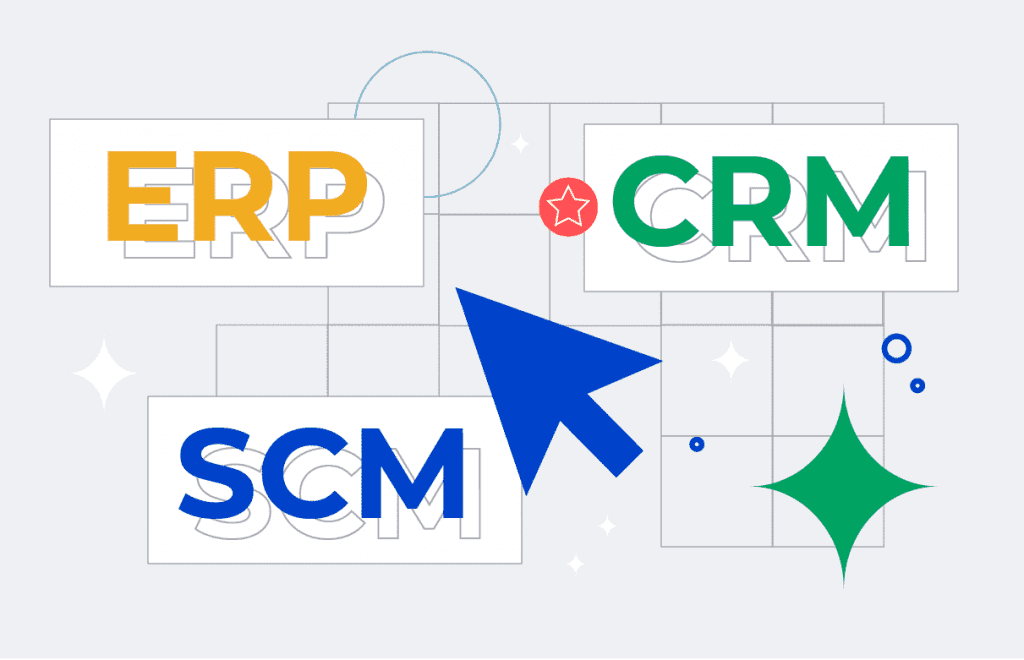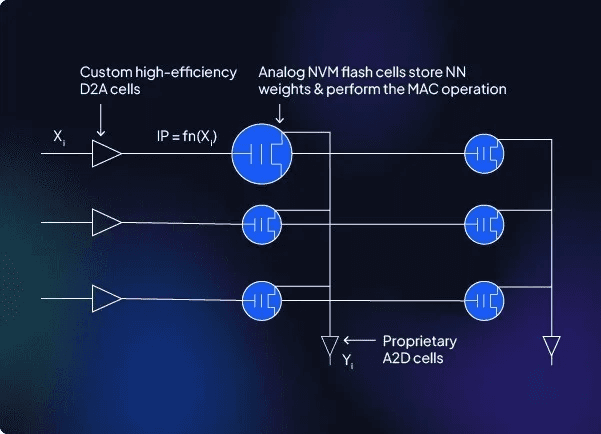IT Solutions
Digital Transformation in Enterprise Systems
Empowering Business Agility and Innovation
4. 4. 2024
In today's dynamic business milieu, the conventional paradigm of enterprise systems often stifles agility and stifles innovation. Digital transformation emerges as the transformative catalyst, empowering enterprises to harness the latent potential within their existing systems, revamp operational processes, and fortify themselves against future disruptions. Let's delve deeper into the pivotal role digital transformation plays in revolutionizing enterprise systems.
Why Opt for Digital Transformation in Enterprise Systems?
Breaking Down Silos: Seamlessly integrating disparate systems such as ERP, CRM, and Supply Chain Management fosters a cohesive data ecosystem, nurturing collaborative decision-making and synergy across departments.
Enhanced Customer Responsiveness: By intertwining enterprise systems with customer data platforms and market intelligence tools, enterprises gain the agility to swiftly respond to evolving market dynamics and customer needs.
Unleashing Data-Driven Insights: Leveraging advanced analytics on enterprise data unveils concealed inefficiencies, illuminates emerging customer trends, and surfaces avenues for operational optimization.
Streamlined Business Processes: Embracing automation technologies like RPA (Robotic Process Automation) and low-code platforms revolutionizes manual workflows, augmenting operational efficiency while mitigating the risk of errors.
Future-Proofing Your Enterprise: Digital transformation serves as the bedrock for the seamless integration of cutting-edge technologies such as AI, IoT, and blockchain, ensuring sustained competitiveness amidst evolving market landscapes.
Strategic Imperatives for Enterprise System Modernisation
Cloud Migration: Embracing the scalability, flexibility, and cost efficiencies offered by cloud-based infrastructures lays the groundwork for seamless enterprise system modernisation, with hybrid cloud models serving as a pragmatic starting point.
API Integration: Facilitating seamless interoperability between legacy systems and emerging applications through APIs paves the way for a cohesive, adaptable architecture conducive to innovation.
Overhauling traditional processes to leverage automation technologies not only enhances operational efficiency but also unlocks new avenues for value creation and business optimisation.
Holistic Data Warehousing and Analytics: Aggregating data from disparate enterprise systems into centralised warehouses enables comprehensive analysis and actionable insights, fostering data-driven decision-making at every organisational level.
Elevating User Experience (UX): Prioritising user-centric design principles enhances system usability, fosters user adoption, and catalyses intuitive interaction, thereby maximising the efficacy of enterprise systems.
Addressing Challenges and Embracing Best Practices
Change Management: Proactive communication, robust training initiatives, and leadership alignment serve as linchpins for navigating the intricacies of digital transformation and fostering organisational buy-in.
Cybersecurity Vigilance: Bolstering cybersecurity measures from inception safeguards sensitive enterprise data, mitigates cyber threats, and fosters stakeholder trust amidst digital transformation endeavors.
Phased Transformational Approach: Adopting a phased transformational strategy mitigates operational risks, minimises business disruptions, and facilitates incremental progress towards digital maturity.
Strategic Partnerships: Collaborating with seasoned technology providers specialising in enterprise system modernisation expedites the transformation journey, leveraging their expertise and insights to drive tangible business outcomes.
The Future Landscape of Enterprise Systems
The convergence of artificial intelligence, IoT, and blockchain technologies heralds a new era of innovation in enterprise systems:
Predictive Analytics and Decision Support: AI-driven analytics on vast enterprise datasets revolutionise supply chain management, enhance inventory forecasting accuracy, and optimise pricing strategies.
Real-Time Asset Tracking: IoT sensors integrated into products and supply chains enable real-time monitoring, fostering proactive asset management and operational optimisation.
Secure and Transparent Transactions: Blockchain technology emerges as a transformative force, streamlining supply chain operations, ensuring product provenance, and enhancing contract management through secure, transparent transactions.
Written by: Matthew Drabek
For our Services, feel free to reach out to us via meeting…
Please share our content for further education


